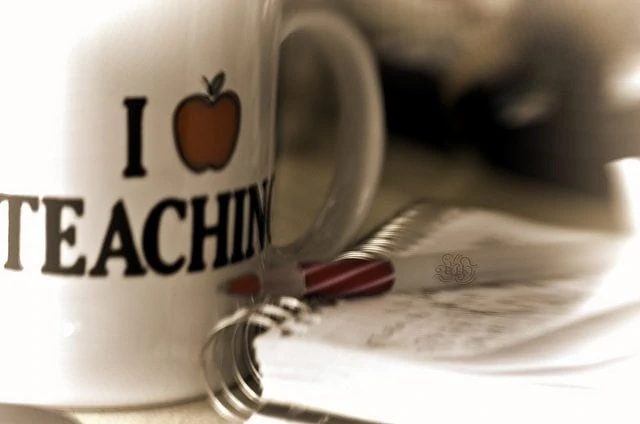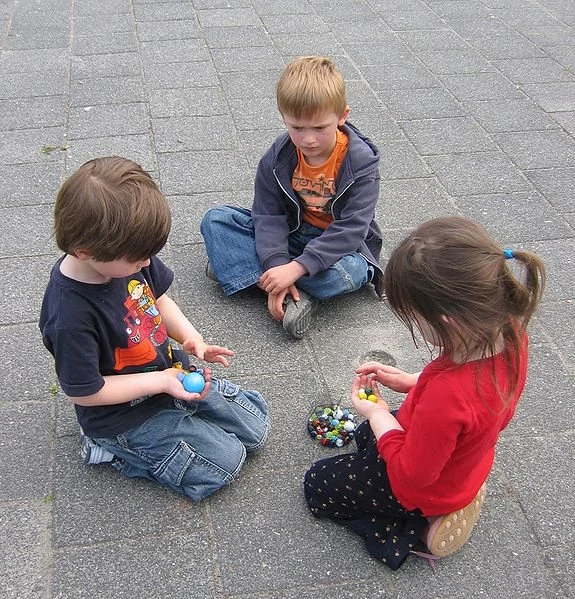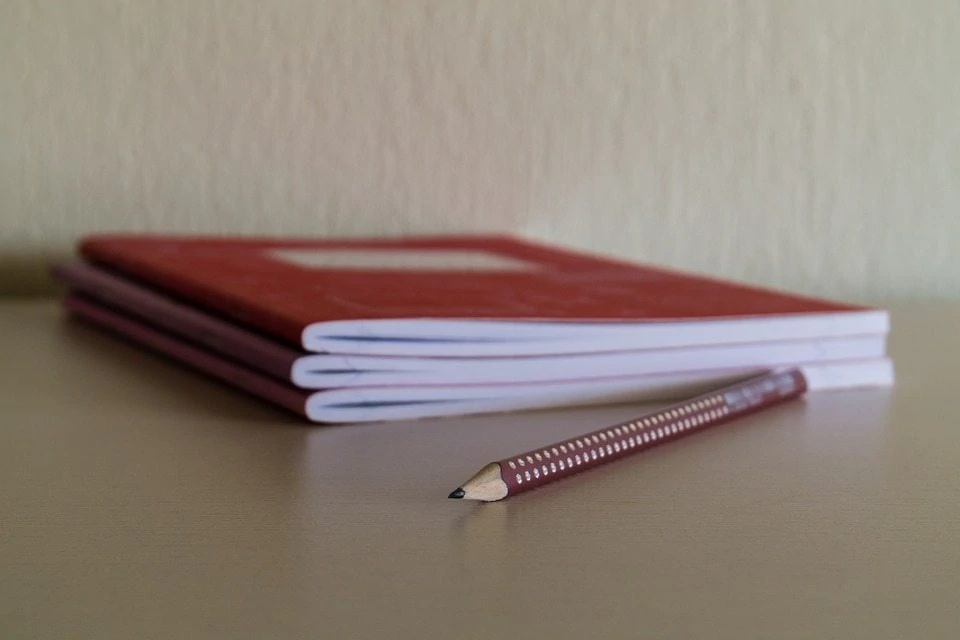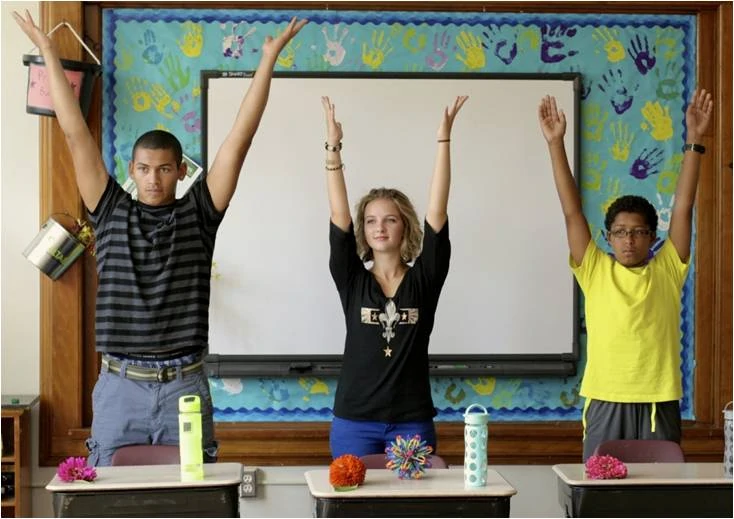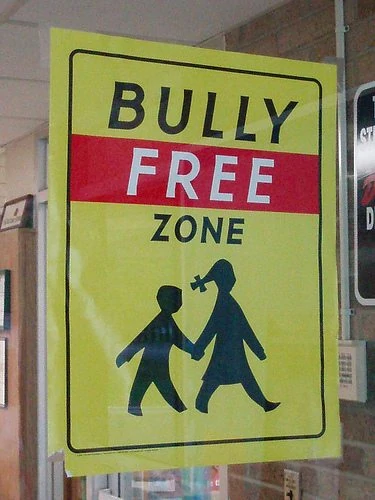
For as a teacher, you’re constantly giving – your time, your knowledge, your care, your attention. You’re constantly doing for others. Add the increasing pressures from testing and other academic mandates, budget cuts, and more children than ever with behavioral issues and other special needs.
No wonder there are times when you feel just depleted.
This is one reason why it’s so important that teachers – like anyone in the helping professions – make self-care a part of their everyday lives. It’s the surest way to beat the kind of burnout you regularly hear about and have maybe even experienced yourself.
When we train teachers and other helping professionals in Yoga Calm, one thing we stress is the importance of teachers developing their own yoga practice. For one, it helps you develop the calm, grounded presence that children need in order to learn.
And this includes the practice of mindfulness. As we write in Yoga Calm for Children,
It’s important to be in tune with yourself – to become aware of where and how you are. It pays to be conscious of your own personal issues and to work on them so they don’t interfere with your ability to be present. And if you’re having a bad day and it’s affecting your teaching, be honest and say so. Your students know it anyway.
Not only does mindfulness help you to become a better teacher in the classroom. It also gives you the tools and skills to be resilient in the face of stress – as well as a greater capacity for joy in those beautiful moments when we see children breaking through, grasping what we’re teaching and appreciating their new mastery of knowledge or a particular skill.
Mindfulness & Relaxation Tools
Breath work is a fantastic way to recover from the stresses of your work and embody mindfulness. For starters, try this restorative yoga pose with a natural breath inquiry – a 10 minute practice we cover in our Wellness 1 course, which introduces the basic Yoga Calm curriculum:
Likewise, guided relaxations – like the kind typically done at the end of a yoga class – can help you both relax and come into greater awareness of your body’s physical being. You can also do these with your children at night and other times to help them and you relax.
These kinds of relaxing, renewing activities are also a kind of practice for becoming more mindful in your everyday activities, from teaching to errands and chores to leisure time with your family. And as science continues to show, such mindful practices not only help us mentally; they have real benefits on our physical health, as well.
Once You’re Aware…
Restorative practices such as these are part and parcel of the basic Yoga Calm curriculum. In fact, one thing we consistently hear from teachers who have taken our new online Mindfulness and the Brain course, Online Certification Course Bundle or attended one of our Summer Intensives or Wellness courses is about just how much they feel they’ve benefited personally, as well as professionally. Many commit – or recommit – to their own practice at this point.
For once you’ve learned to be aware – really aware, in tune with yourself, your surroundings, your perceptions about it all – it’s impossible, really, to ever fully tune out again.
Image by Joanne Johnson, via Flickr

